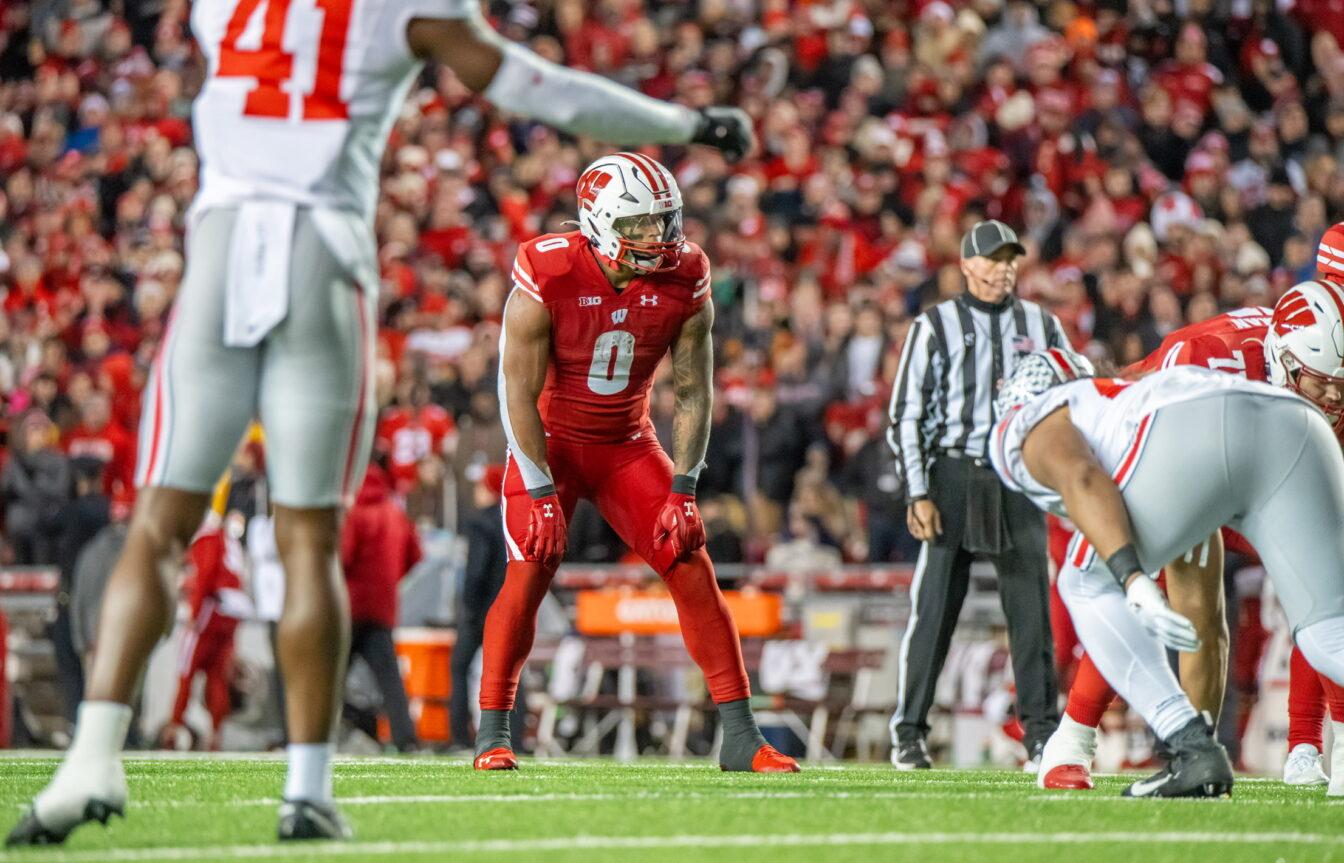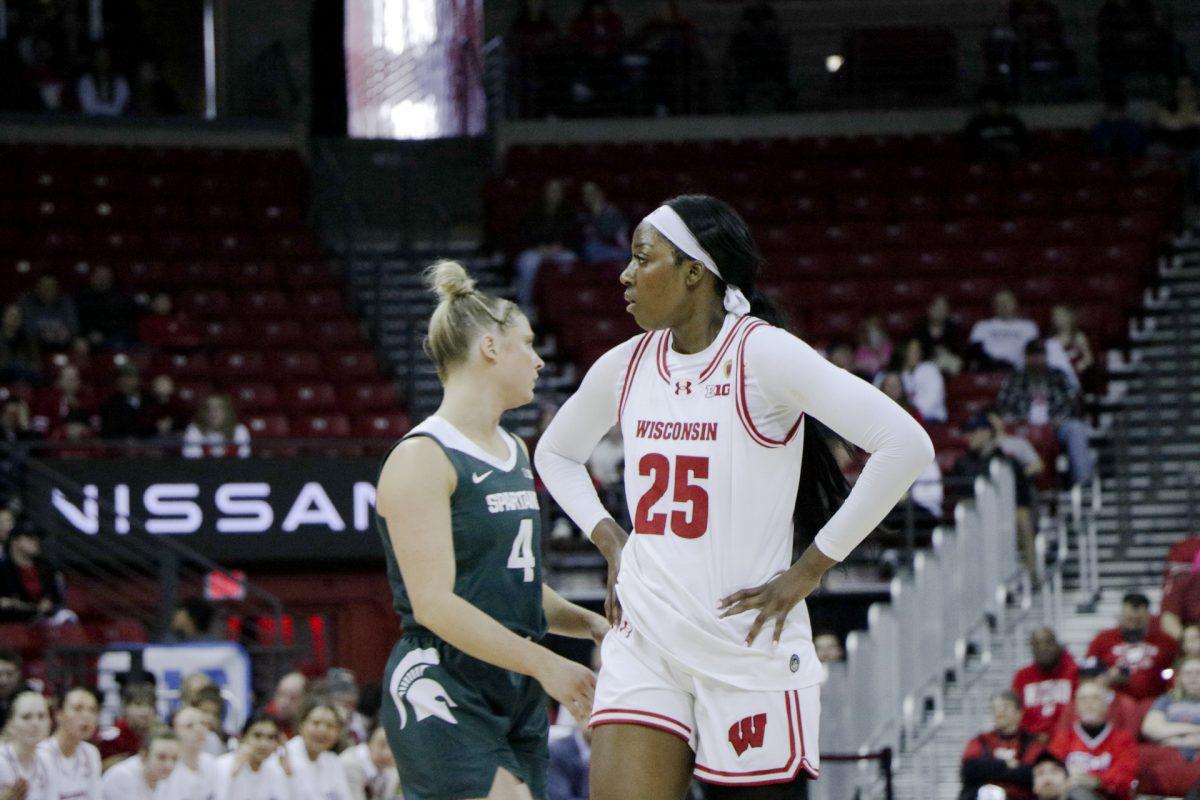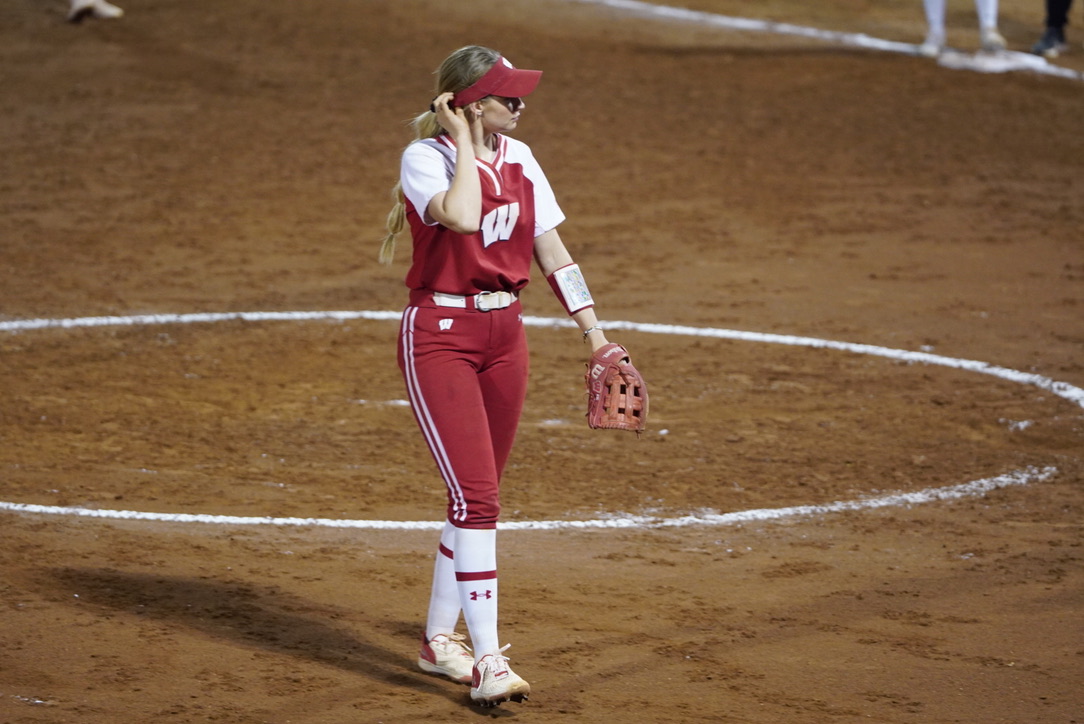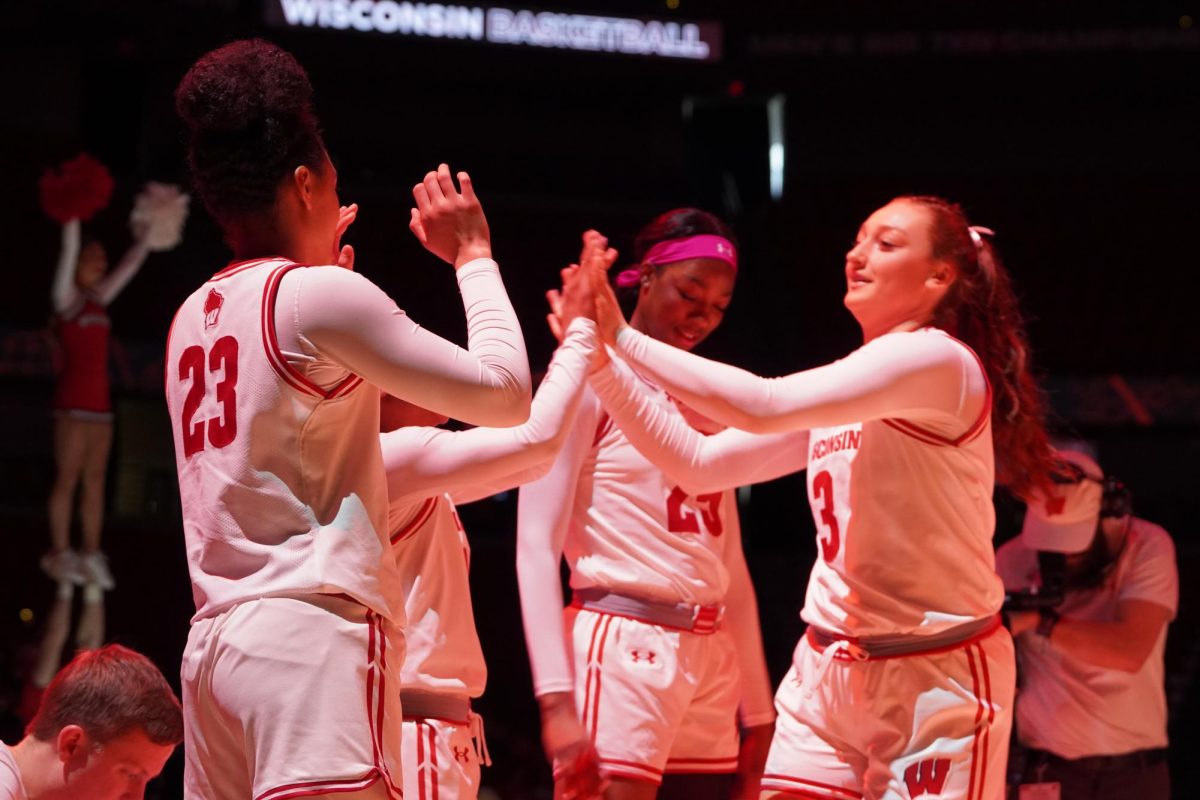
This year, the Badgers are off to an even better start after recording 4.0 sacks in Saturday night’s season opener at UNLV.
Defensive tackle Jordan Kohout, defensive end Louis Nzegwu and linebackers Chris Borland and Kevin Rouse all took turns taking down Rebels quarterbacks Omar Clayton and Mike Clausen, and the UNLV duo spent most of the game avoiding the fierce UW pass rush.
“I would say satisfied, not overly pleased,” UW defensive end J.J. Watt offered in assessment of Saturday’s effort. “Four sacks is a good number, and we were flying around. We really like to see that in how our defense is playing. As many as we can get, we’ll take.”
Regardless of how a defense is composed, pressuring the quarterback is always placed at a premium. Getting to the quarterback in week one against an overmatched Mountain West opponent may result in an impressive stat sheet, but the key for these Badgers is building on that season-opening performance. When Oct. 2 rolls around and Wisconsin heads off to Michigan State to begin Big Ten play, quarterback sacks, hits and pressures will be at the forefront of the defense’s focus.
Thus, the mission remains easier said than done, one of those clich?s football coaches love. Interestingly enough, the Badgers have a specific plan in mind.
“To say a certain number would be hard to say … but I think never being satisfied is the right way to do it,” UW defensive line coach Charlie Partridge said. “Sometimes, it can depend on how many times they pass the ball, but our goal as a defense is to get a sack one out of every 12 passes.”
Against UNLV, sacks came at about half that rate, with one sack coming every 6.5 pass attempts. Moving forward, as teams begin to compile film and knowledge on the Badger pass rush, getting pressure on the quarterback only becomes harder. So how does one sack every 12 passes become a possibility?
“It’s a lot easier [than it looks],” UW linebacker Culmer St. Jean said. “Most people think there’s about a hundred or two hundred different blitzes, but you just keep bringing the same things and different looks. You run the same blitz in a different look, just keep confusing them, keep getting ’em on the sideline and making corrections. Once they make that correction, come back with a counter. Just pretty much, keep doing that.”
For a defense tasked with replacing the talent of former defensive end O’Brien Schofield, now with the Arizona Cardinals, and the production he took with him — a team-high 12 sacks in 2009 — getting to the quarterback is now even more of a team-wide responsibility. Consequently, technique shifts into even bigger focus.
“It depends if you’re coming off the edge as a rushing lineman or if you’re blitzing,” Borland explained.
“Blitzing, you want to hit it quick, be ready to take on the chip block and the running back. Getting off the line, it’s all about using your hands and trying to get the o-lineman in a vulnerable position to have him open his hips so you can counter. It’s just about being quick and seeing that time when he’s vulnerable.”
Whether the Badger defensive line or linebackers are the ones coming on the blitz, prolific Big Ten offenses such as Ohio State, Iowa and Penn State still hold a bevy of counterattacks. Pack the line with eight defensive players up on the line of scrimmage? Have a running back chip a linebacker, give the quarterback an extra second. Still want to bring the heat? Dump the ball off on a halfback screen or give it to the back on a draw. Quite often, over-aggressiveness is the kryptonite for even the best defensive units.
“Well I think the challenge you have once — if you do allow yourself to have a strong tendency — then [there’s] the potential for screens and things that they may check to that challenge blitzes, and those are the things that we have to be sound against,” Partridge said. “You’re always trying to be balanced and do your best. We do self-scouts every week so that you can do a good job of keeping your tendencies to a minimum.”
Fortunately for the Badgers, defensive coordinator Dave Doeren is known for dialing up some of the most exotic packages in the nation, giving the team good chances on first and second down.
“[The] first key is just getting to third downs,” St. Jean said. “So you gotta win the first down, second down battles pretty much.”
That brings it to third down. Doeren likes to be imaginative with his play calling, and third down for a defensive coordinator is like giving a wizard a new wand — just step back and let him do his thing. For UW, that “thing” is the Badger package. Doeren likes to have his defense line up in a 3-3-5 formation on third down passing situations. The Badger package, with all its variations and twists, prevents opposing offenses from settling in and allows the defense to send pressure from almost anywhere.
Most likely, that pressure will come from Borland, who had five sacks in 2009 and finished as the Big Ten Freshman of the Year. For the sophomore, pressuring the quarterback boils down pretty simply.
“Two ways: You change it up, mix it up, mix up your blitzes, mix up your calls, mix up your alignments,” Borland said. “The other way is you just beat the guy one-on-one. Sometimes, they know what’s coming. It’s just whether or not they can stop it.”


















